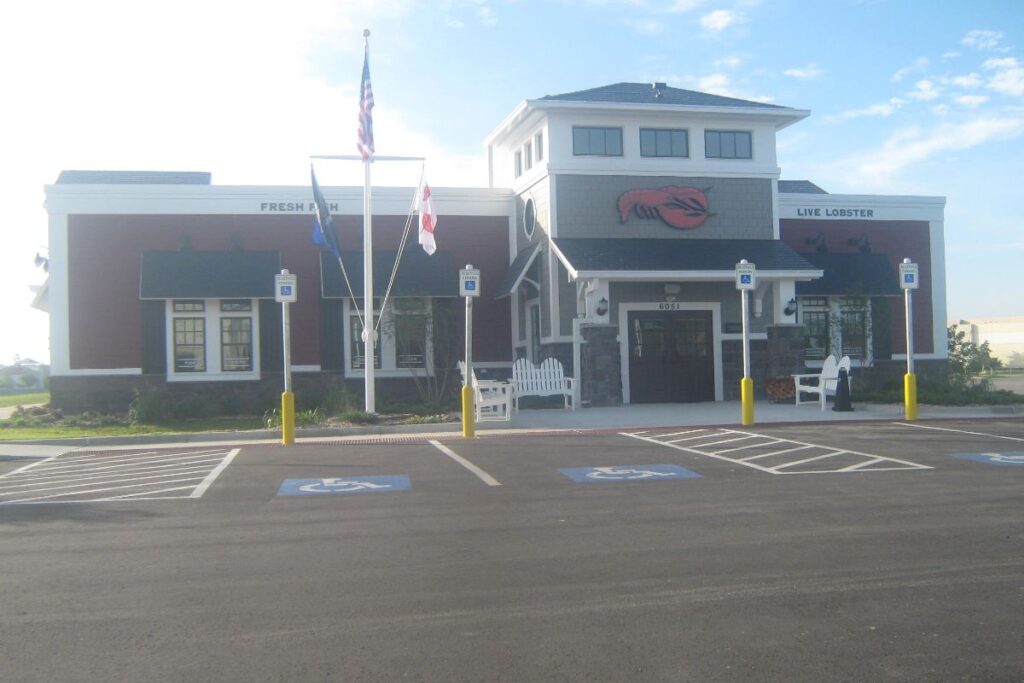
Red Lobster has experienced more highs and lows than most firms in the dynamic restaurant industry. The business, which was formerly well-known for its seafood restaurants, has recently encountered some challenges. Thus, business managers should recognize the value of creativity, flexibility, and customer-centricity.
Red Lobster was the best option, at its finest, for seafood lovers. With its popular item, Cheddar Bay Biscuits, and endless shrimp specials, the business was able to grow gradually and attract new clients.
The franchise struggled to adapt to changing consumer preferences, which tended toward healthier options. Red Lobster’s inability to innovate and adapt to consumer preferences was one of the major mistakes that aided in the company’s downfall.
Red Lobster fell behind by not updating menus or ads to follow farm-to-table and sustainable sourcing trends embraced by others. The brand lost relevance and struggled to attract new customers, especially younger diners favoring bold dining experiences.
ALSO READ: Chipotle vs McDonald’s: Fast Food Pricing Amid Inflation
Red Lobster’s refusal to ensure consistency and quality first added to its decline. With new businesses entering the market and established ones stepping up their game, the casual dining industry became more competitive.
Red Lobster has found itself under public disapproval for the originality of its seafood. So much so that loyal customers of the restaurant lost enthusiasm for it, making complaints about frozen, reheated food and terrible dining experiences.
Red Lobster’s mismanagement of its brand image and customer experience made its issues much worse. In an age where social media and online reviews are important to every brand, they couldn’t maintain a positive outlook.
Unfavorable reviews and publicized incidents, including the infamous incident where a diner discovered a rare blue lobster in their dinner, further damaged the brand’s reputation.
POLL—Should the Government Increase Taxes on the Wealthy To Reduce Economic Inequality?
The demise of Red Lobster emphasizes the importance of understanding customer preferences and market demands. In the fiercely competitive and fast-paced food service industry, complacency may spell disaster.
Business leaders must continuously evaluate and modify their strategies to satisfy the changing demands and expectations of their target market.
Furthermore, Red Lobster’s experience emphasizes the importance of putting quality, authenticity, and customer happiness first. In a time when customers have more choices than now, companies need to go above and beyond to provide outstanding goods and experiences that appeal to their target market.
Long-term success depends on establishing and preserving trust, which calls for an unwavering dedication to quality in every facet of the company.
ALSO READ: “There’s a High Cost,” Herring Fishermen Kick Against Biden Administration Rule
Company owners in all sectors can learn from Red Lobster’s demise. In today’s market, success is earned through adaptation and adherence to principles, crucial even for established companies.
Business owners who want to plan for long-term success and adaptability in the face of uncertainty should take a cue from Red Lobster’s failures and adopt a culture of innovation and constant improvement.
You Might Also Like:
Rep. Marjorie Taylor Greene Announces Move To Oust Mike Johnson, Sets House in Turmoil
The Most Overrated Bands to be Inducted Into the Rock and Roll Hall of Fame
Nestle’s Sugar Scandal Sends Troubling Message to Colored Parents
New Study Says the Age at Which You’re Old Has Changed
